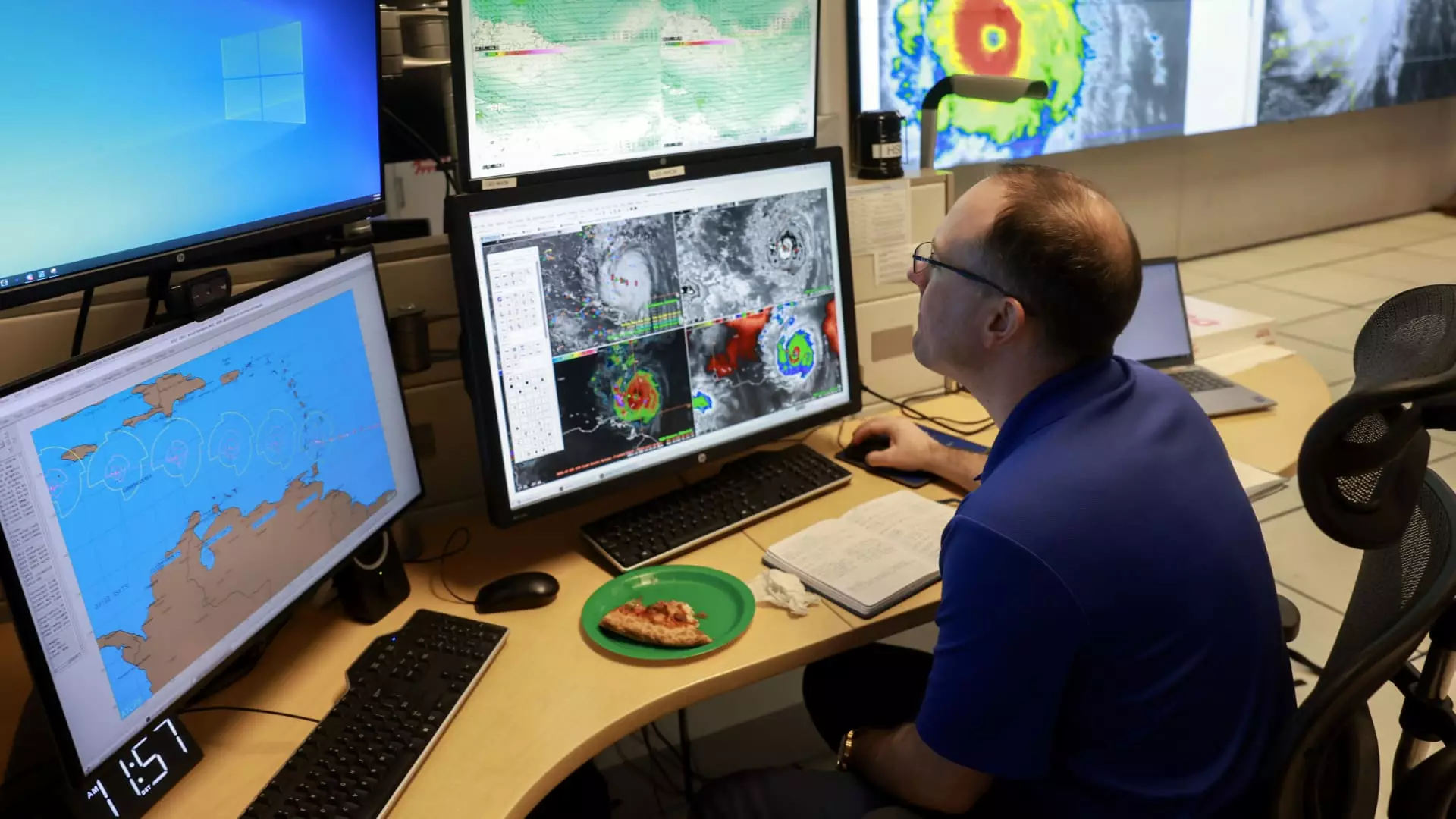Hurricane Beryl has made history by becoming the strongest-ever hurricane in July, shattering previous records with its devastating impact on the Caribbean region. Experts have noted that the rapid development and early formation of the tropical cyclone are directly linked to the effects of climate change. This powerful hurricane has been classified as the strongest on record for both June and July, setting a new benchmark for the intensity of storms during the Atlantic hurricane season. The alarming speed at which Beryl escalated to a Category 5 hurricane — with winds exceeding 155 miles per hour — has sparked concerns among scientists about the future trends of hurricane activity.
Climate Change and Hurricane Intensity
The National Oceanic and Atmospheric Administration (NOAA) has issued warnings about the potential impact of global warming on hurricane intensification. Rising sea temperatures due to climate change are believed to be a contributing factor to the rapid strengthening of storms like Hurricane Beryl. The NOAA’s forecast for the 2024 Atlantic hurricane season indicates an increased likelihood of above-normal activity, with more named storms and hurricanes expected compared to the historical average. The El Niño-Southern Oscillation and La Niña phases are also influencing factors in the heightened hurricane activity observed in the region.
The aftermath of Hurricane Beryl has left a trail of destruction across the Caribbean islands, claiming the lives of at least six people and causing widespread damage to infrastructure. Countries like Jamaica have implemented emergency measures, including island-wide curfews, to mitigate the impact of the storm and ensure the safety of residents. Prime Minister Andrew Holness’s declaration of a disaster area underscores the severity of the situation and emphasizes the urgent need for climate action. The scarcity of essential resources such as food, water, and medical supplies has further exacerbated the humanitarian crisis in the region.
Despite the immense challenges posed by Hurricane Beryl, residents of the affected islands have demonstrated resilience and unity in the face of adversity. Local communities have come together to provide support to those in need, sharing resources and offering assistance to rebuild homes and infrastructure. The spirit of solidarity and cooperation among Caribbean nations is a testament to their strength and determination to overcome natural disasters. As recovery efforts continue, it is crucial for governments and organizations to prioritize sustainable and climate-resilient solutions to prevent future catastrophes.
Hurricane Beryl serves as a stark reminder of the increasing threats posed by climate change and the urgent need for global action to mitigate its impact. The unprecedented strength and destructive force of this storm highlight the vulnerability of island nations in the Caribbean to the changing climate patterns. By addressing the root causes of environmental degradation and implementing effective adaptation strategies, we can build a more resilient future for communities at risk of natural disasters. The lessons learned from Hurricane Beryl should inform our collective efforts to combat climate change and protect the most vulnerable populations from its destructive consequences.


Leave a Reply